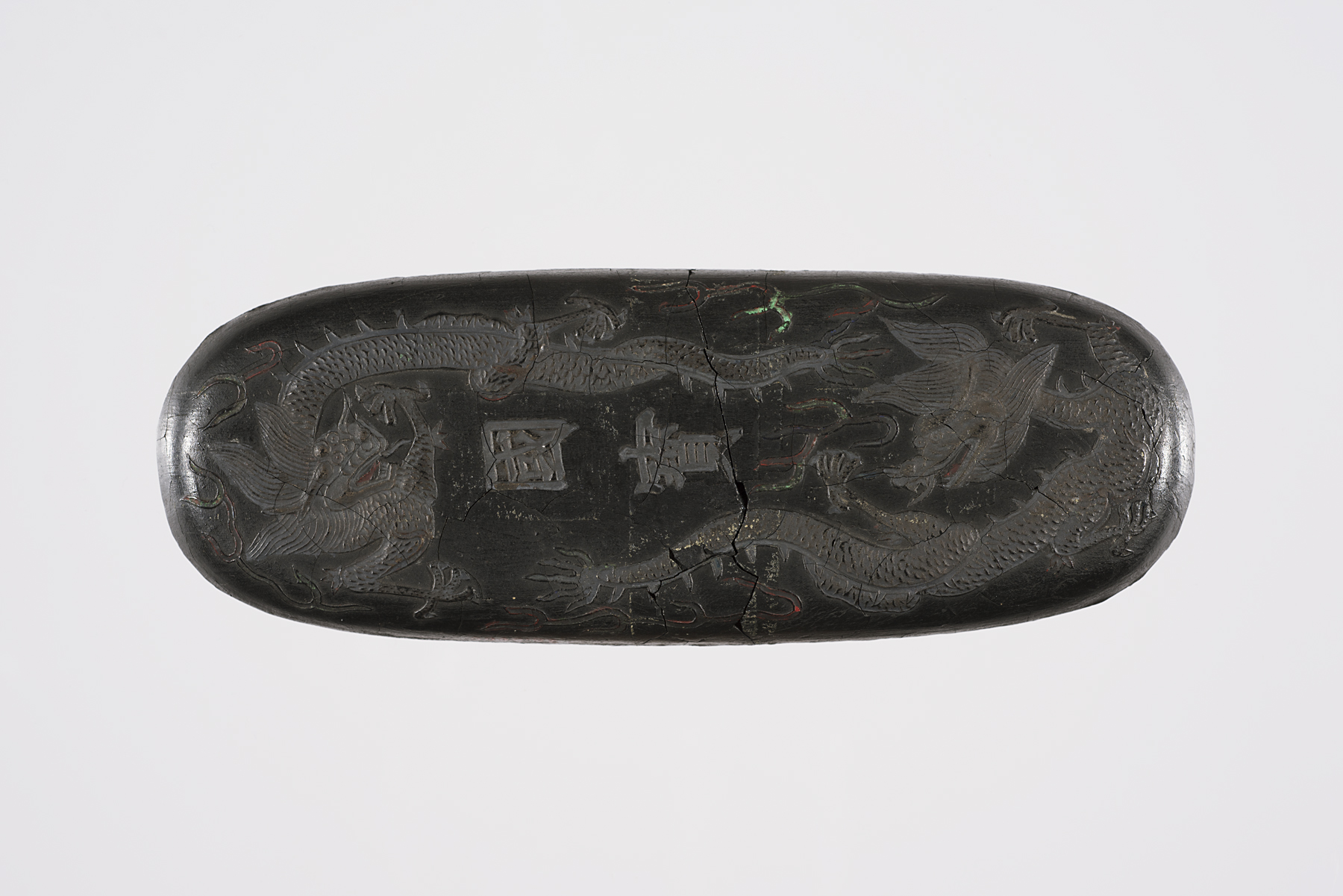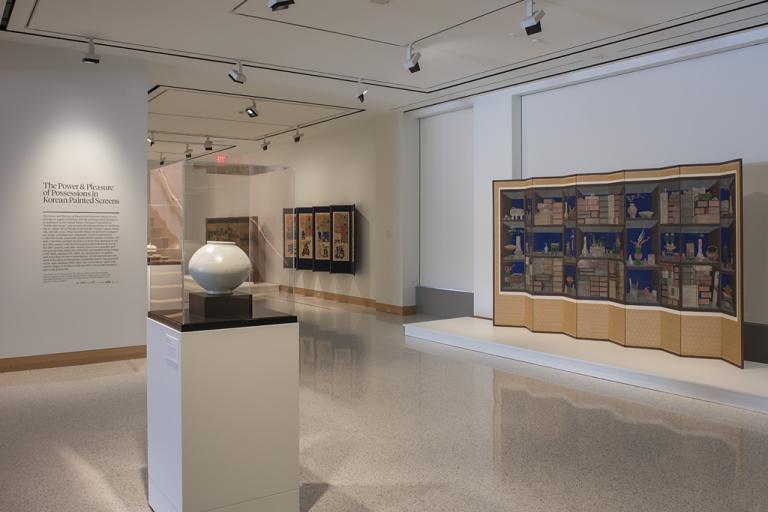“national treasure” (guo bao 國寶) ink cake, unknown maker from China
Artwork Overview
“national treasure” (guo bao 國寶) ink cake
, early 1900s, Republic of China (1911–1949)
Where object was made: China
Material/technique: ink; carving
Dimensions:
Object Height/Width/Length (Height x Width x Length): 1.9 x 5.08 x 15.24 cm
Object Height/Width/Length (Height x Width x Length): 0 3/4 x 2 x 6 in
Object Height/Width/Length (Height x Width x Length): 1.9 x 5.08 x 15.24 cm
Object Height/Width/Length (Height x Width x Length): 0 3/4 x 2 x 6 in
Credit line: William Bridges Thayer Memorial
Accession number: 1928.3000
Not on display
If you wish to reproduce this image, please submit an image request







